Peter Müller, Regine Herbst-Irmer, Anthony Spek, Thomas Schneider, Michael Sawaya9780198570769, 0198570767
Table of contents :
Contents……Page 14
1.1.1 SHELXTL and other programs……Page 20
1.2.1 Program organization……Page 22
1.2.2 The instruction file name.ins……Page 23
1.2.4 Merging data in SHELXL……Page 24
1.2.5 The connectivity table……Page 25
2 Crystal structure refinement……Page 26
2.1 Least-squares refinement……Page 27
2.2 Weak data and high-resolution cut-off……Page 28
2.3 Residual factors……Page 30
2.4 Parameters……Page 31
2.5.2 Special position constraints……Page 32
2.5.3 Rigid group constraints……Page 33
2.5.6 Constraints in SHELXL……Page 34
2.6 Restraints……Page 35
2.6.1 Geometrical restraints……Page 36
2.6.2 Restraints on displacement parameters……Page 38
2.6.3 Other restraints……Page 40
2.7 Free variables in SHELXL……Page 41
2.8.2 Torsion angles……Page 42
2.8.5 The RTAB command……Page 43
2.9 Refinement problems……Page 44
3.1 X–H bond lengths and U[sub(eq)] values of H atoms……Page 45
3.2.1 Hydrogen bound to carbon atoms……Page 46
3.2.2 Hydrogen bound to nitrogen and oxygen……Page 47
3.3 Placing hydrogen atoms in SHELXL……Page 48
3.3.1 List of most common m and n values in HFIX commands……Page 49
3.3.2 Semi-free refinement of acidic hydrogen atoms……Page 50
3.5.1 Routine hydrogen atom placement: C[sub(31)]H[sub(54)]MoN[sub(2)]O[sub(2)]……Page 51
3.5.2 Hydrogen atoms in a Zr-hydride……Page 54
3.5.3 Acidic hydrogen atoms and hydrogen bonds……Page 56
4.1 All electrons are blue……Page 61
4.3 Crystallographic knowledge……Page 62
4.4.1 Tetrameric InCl[sub(3)]—the N or O question……Page 64
4.4.2 A cobalt salt……Page 67
4.4.3 Unclear central metal atom……Page 69
5 Disorder……Page 75
5.1.1 Substitutional disorder……Page 76
5.1.2 Positional disorder……Page 77
5.2.1 Refinement of disorder with SHELXL……Page 78
5.3 Examples……Page 86
5.3.1 Gallium-iminosilicate—Disorder of two ethyl groups……Page 87
5.3.2 Disorder of a Ti(III) compound……Page 92
5.3.3 A mixed crystal treated as occupancy disorder……Page 99
5.3.4 Disorder of solvent molecules……Page 100
5.3.5 Three types of disorder in one structure: cycloikositetraphenylene……Page 110
6 Pseudo-Symmetry……Page 116
6.2 True NCS……Page 117
6.3.1 Pn or P2[sub(1)]/n……Page 118
6.3.2 [Si(NH[sub(2)])[sub(2)]CH(SiMe[sub(3)])[sub(2)]][sub(2)]: P1 with Z = 12……Page 122
7.1 Definition of a Twin……Page 125
7.2.1 Twinning by merohedry……Page 128
7.2.2 Twinning by pseudo-merohedry……Page 130
7.2.3 Twinning by reticular merohedry……Page 131
7.2.4 Non-merohedral twins……Page 133
7.3 Tests for twinning……Page 137
7.4 Structure solution……Page 138
7.5 Twin refinement……Page 139
7.7 Warning signs of twinning……Page 140
7.8.1 Twinning by merohedry……Page 141
7.8.2 An example of pseudo-merohedral twinning……Page 146
7.8.3 First example of twinning by reticular merohedry……Page 149
7.8.4 Second example of twinning by reticular merohedry……Page 152
7.8.5 First example of non-merohedral twinning……Page 159
7.8.6 Second example of non-merohedral twinning……Page 163
7.9 Conclusions……Page 168
8.1 What is an Artefact?……Page 169
8.1.1 Libration……Page 170
8.1.2 Shortened triple bonds……Page 171
8.1.4 Fourier truncation errors……Page 172
8.3.1 Fourier termination error in C[sub(30)]H[sub(47)]N[sub(9)]Zr[sub(5)]……Page 173
9 Structure validation……Page 178
9.1 Validation……Page 179
9.2.2 Voids……Page 180
9.2.5 Atom type assignment……Page 181
9.2.9 Disorder……Page 182
9.4 Concluding remarks……Page 183
10 Protein refinement……Page 185
10.1.1 Anisotropic displacement parameters……Page 187
10.1.3 Hydrogens……Page 188
10.1.5 Standard uncertainties……Page 189
10.2.1 Getting started……Page 190
10.2.2 Rough adjustments of the model at 1.5 Å……Page 191
10.2.3 Including data to atomic resolution……Page 192
10.2.5 Rebuilding the model at atomic resolution……Page 193
10.2.6 Inclusion of hydrogens—when and how……Page 197
10.2.7 Solvent……Page 198
10.2.8 Finalizing the model……Page 199
10.2.9 Estimation of coordinate uncertainties……Page 201
10.2.10 Analysis and presentation of the structure……Page 202
10.3.1 Course of a typical refinement of a protein……Page 203
10.3.2 Determination of standard uncertainties for protein-ligand contacts……Page 204
11 Protein structure (cross) validation……Page 206
11.1 PROCHECK……Page 207
11.2.1 List of close non-bonded contacts……Page 210
11.2.2 Unsatisfied hydrogen bond donors/acceptors……Page 211
11.3 Verify3D……Page 212
11.4 Errat……Page 213
11.5 Prove……Page 214
12.2 What to do with NPD atoms?……Page 216
12.3 How many restraints may I use in a structure?……Page 217
12.4 Coordination geometries of some cations……Page 218
12.5 Some typical bond lengths……Page 220
12.6 Resolution tables……Page 221
References……Page 223
Further Reading……Page 228
H……Page 230
T……Page 231
X……Page 232
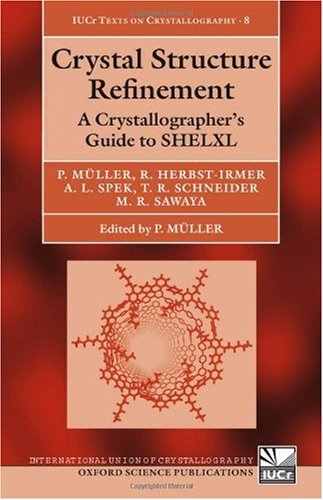
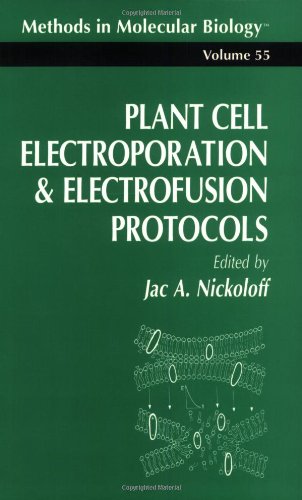
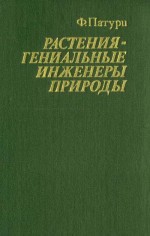
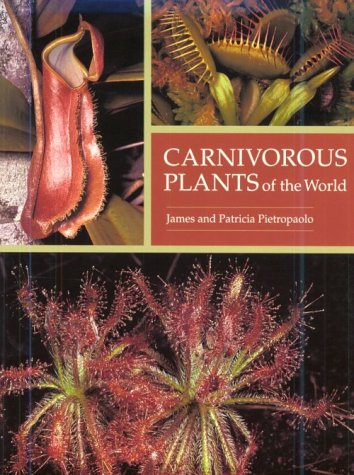

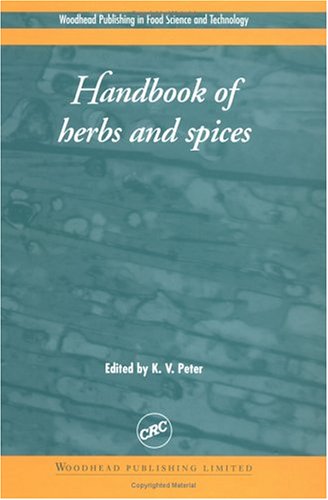

Reviews
There are no reviews yet.